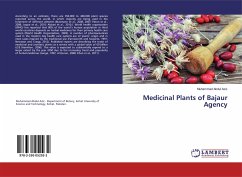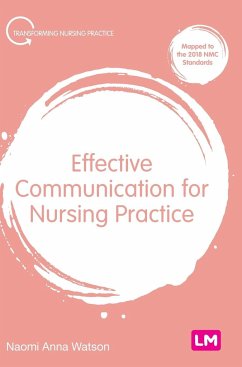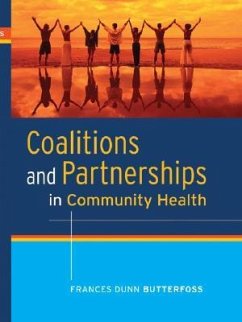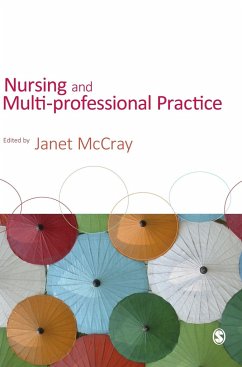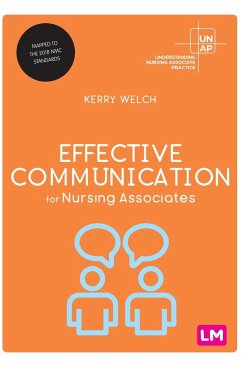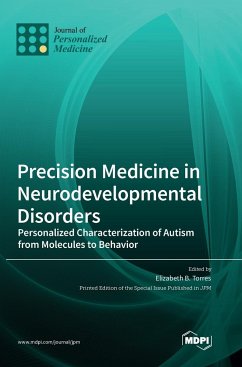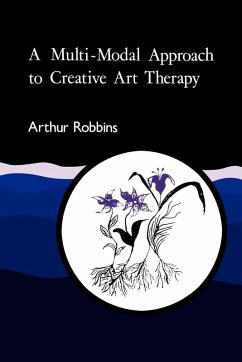Nicht lieferbar
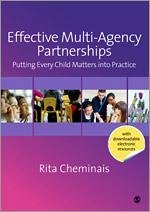
Effective Multi-Agency Partnerships
Putting Every Child Matters Into Practice
With downloadable electronic resources Offering practical advice and guidance on how to establish and maintain effective multi-agency partnership working in your setting, this book will tell you how to meet the Every Child Matters outcomes for children and young people. It clarifies the skills and knowledge required in order to form productive partnerships, and shows you how to set up and maintain good collaborative practice. The following are provided: - useful checklists; - examples of best practice in multi-agency working; - a range of activities to support team building; - reflective quest...
With downloadable electronic resources Offering practical advice and guidance on how to establish and maintain effective multi-agency partnership working in your setting, this book will tell you how to meet the Every Child Matters outcomes for children and young people. It clarifies the skills and knowledge required in order to form productive partnerships, and shows you how to set up and maintain good collaborative practice. The following are provided: - useful checklists; - examples of best practice in multi-agency working; - a range of activities to support team building; - reflective questions, to facilitate training and improvement; - practical tools for evaluating the impact of multi-agency working; - photocopiable materials to use with each chapter of the book. It is an invaluable resource for leaders and managers in any early years setting, Children's Centre, primary, secondary or special school or Pupil Referral Unit, and will support anyone responsible for coordinating and managing multi-agency partnership working. Lecturers in higher education responsible for training members of the children's workforce will value this book, as well as Local Authority officers and Workforce Remodelling Advisers.





